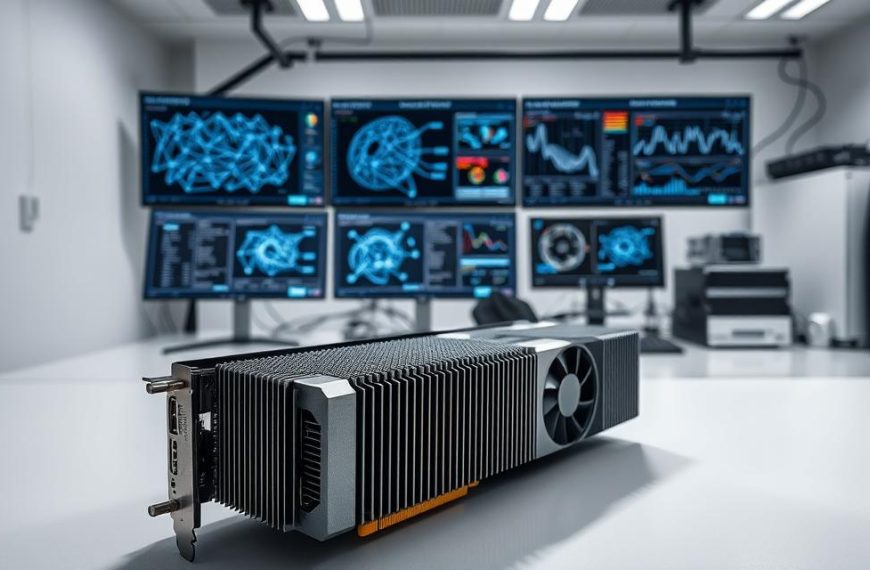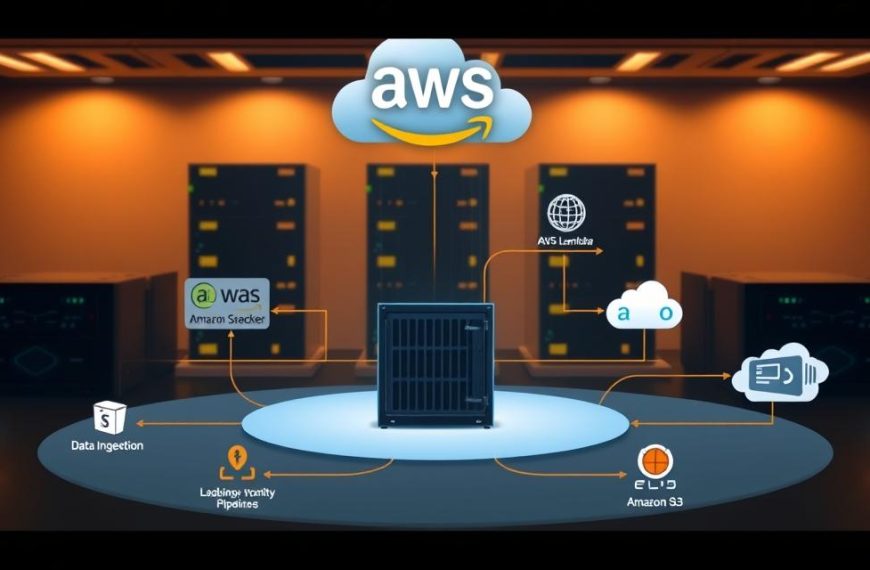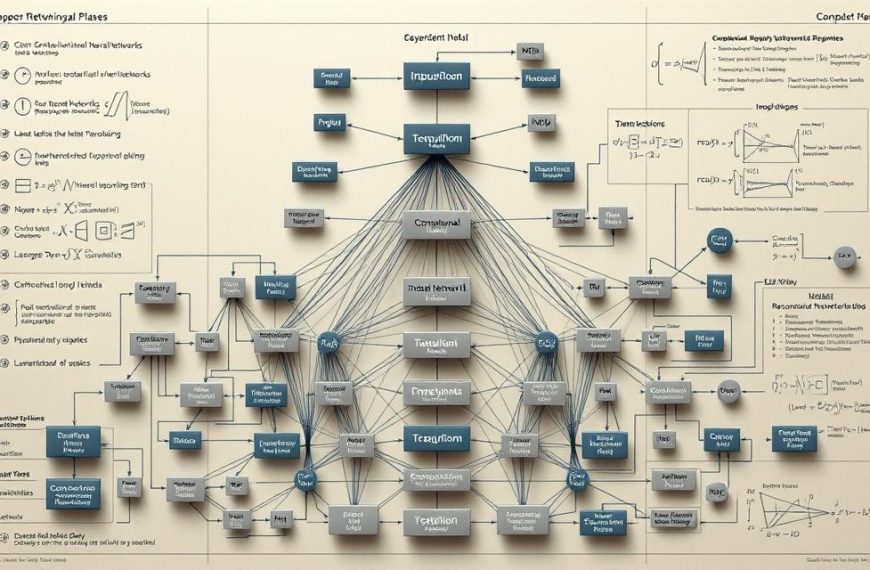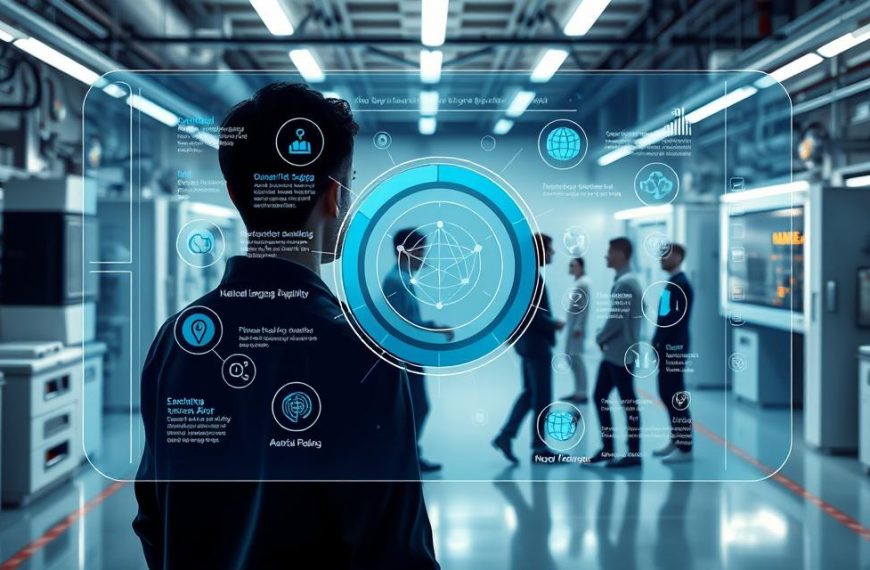Modern technology discussions often treat artificial intelligence as a catch-all term for automated decision-making systems. In reality, this field operates through layered specialisations – like Russian dolls nesting within one another. At the broadest level sits AI, the overarching concept enabling machines to mimic human reasoning.
Within this framework, machine learning emerges as a specialised approach where systems improve through experience without explicit programming. Think of recommendation engines adapting to user preferences. Deeper still lies deep learning, employing neural networks to process complex patterns in data – the technology behind facial recognition software.
Many professionals conflate these terms, creating confusion in technical and business contexts. The distinction matters when choosing tools for specific tasks. A retail company might use basic ML for sales forecasting, while autonomous vehicles require DL’s advanced pattern recognition.
Understanding these differences helps organisations allocate resources effectively. Developers benefit from clearer communication about system capabilities. Academics maintain precise terminology when discussing technological evolution.
This article clarifies the practical boundaries between these interconnected fields. We’ll explore how each technology functions, its real-world applications, and why precise definitions matter in professional settings across the UK tech sector.
Introduction to Machine Learning, Deep Learning and AI
Pioneering minds in the 1950s laid the groundwork for today’s automated decision-making technologies. John McCarthy crystallised this vision in 1956, defining artificial intelligence as “the science and engineering of making intelligent machines.” This conceptual framework became the north star for subsequent technological evolution.
Setting the Context
Arthur Samuel’s 1959 breakthrough redefined computational capabilities. His machine learning prototype learned checkers strategy through self-play, famously defeating Connecticut’s state champion in 1962. This demonstrated systems could improve through experience rather than rigid programming – a radical departure from traditional approaches.
Historical Development and Evolution
The field weathered multiple cycles of progress and stagnation. Initial enthusiasm for artificial intelligence faced technical limitations during ‘AI winters’, before resurging with modern computational power. Three critical enablers emerged:
- Exponential growth in processing capabilities
- Massive datasets from digital transformation
- Advanced learning algorithms inspired by neural networks
These developments allowed deep learning architectures to process complex patterns, revolutionising fields from medical imaging to financial modelling. Contemporary systems combine insights from computer science, cognitive psychology, and applied mathematics, creating tools that learn and adapt at unprecedented scales.
Defining Artificial Intelligence: The Broader Perspective
The term artificial intelligence often conjures images of sentient robots, yet its practical implementations are far more grounded. At its simplest, AI refers to systems mimicking human intelligence through problem-solving or decision-making capabilities. This branch of computer science powers tools from chatbots to predictive analytics.
Understanding AI in Today’s World
Traditional approaches like symbolic AI rely on explicit rules programmed by developers. TurboTax’s tax logic exemplifies this often used method, applying decision trees to financial scenarios. Modern systems combine these principles with statistical models for dynamic responses.
| Approach | Method | Example |
|---|---|---|
| Symbolic AI | Rule-based logic | Expert systems |
| Statistical AI | Pattern recognition | Streaming recommendations |
| Hybrid Systems | Combined techniques | Fraud detection algorithms |
Contrary to popular belief, machines don’t require learning capabilities to demonstrate intelligence. Basic AI applications succeed through carefully designed workflows. As industry research shows, even advanced machine learning models build upon these foundational concepts.
Philosophical debates persist about whether replicating human intelligence constitutes “true” cognition. However, practical implementations focus on outcomes rather than consciousness. Successful AI solutions frequently face shifting goalposts – once mastered, their achievements get dismissed as mere computation.
What Are Machine Learning and Deep Learning
Contemporary computational systems achieve intelligence through layered approaches. At the core lies machine learning, enabling self-improvement through data analysis. This technology forms the bridge between basic automation and advanced pattern recognition.
Fundamental Definitions
Machine learning operates as a specialised subset of artificial intelligence. These systems identify data patterns to make predictions, adapting their behaviour through repeated exposure. Retail inventory management tools exemplify this approach, refining stock forecasts weekly.
Deep learning represents an advanced subset machine learning technique. Multi-layered neural networks process information through interconnected nodes, mimicking human neural pathways. This architecture enables facial recognition software to distinguish between millions of unique features.
Technological Relationships
The hierarchy becomes clear when examining development pipelines. Basic AI frameworks provide structural foundations, while machine learning introduces adaptive capabilities. Deep learning subset technologies then add complexity through layered processing architectures.
| Approach | Key Feature | Application |
|---|---|---|
| Machine Learning | Pattern recognition | Sales forecasting |
| Deep Learning | Layered processing | Medical scan analysis |
| Traditional AI | Rule-based logic | Chatbot responses |
These systems build upon each other like Russian nesting dolls. Neural networks in deep learning require machine learning principles to function, which themselves depend on AI’s foundational concepts. Financial institutions demonstrate this interdependence, using basic AI for fraud alerts while employing deep learning for market trend predictions.
Key Differences Between Machine Learning and Deep Learning
Separating these technologies requires examining their technical architectures and operational demands. While both approaches enable automated decision-making, their implementation strategies diverge significantly in complexity and resource allocation.
Capability and Complexity Comparison
Traditional systems rely heavily on human expertise for feature selection. Data scientists spend weeks identifying relevant variables in structured datasets. This manual process forms the foundation for effective learning algorithms.
Deep learning architectures eliminate this bottleneck through automated pattern detection. Multiple hidden layers in neural networks process raw inputs sequentially. Each layer extracts increasingly abstract features without human intervention.
| Aspect | Machine Learning | Deep Learning |
|---|---|---|
| Feature Engineering | Manual | Automatic |
| Data Requirements | Thousands of samples | Millions of samples |
| Hardware Needs | Standard CPUs | GPUs/TPUs |
| Training Time | Hours | Days/Weeks |
Role of Feature Engineering and Data Requirements
Structured datasets with clear labels work best for conventional approaches. Retail inventory systems often used in UK supermarkets demonstrate this effectively. These models analyse historical sales data using predefined parameters.
Unstructured data demands more sophisticated processing. Voice recognition tools exemplify deep learning applications, parsing subtle audio patterns. Such systems require extensive computational power but deliver superior accuracy for complex tasks.
The choice between technologies hinges on available resources and project goals. Smaller firms might prioritise machine learning for its lower infrastructure costs. Larger organisations tackling intricate problems frequently invest in deep learning solutions despite higher initial outlays.
Exploring Machine Learning Techniques and Paradigms
Data scientists employ distinct methodologies to train computational systems. These approaches determine how models process information and improve performance over time. Selecting the right paradigm depends on data availability and desired outcomes.
Supervised, Unsupervised and Reinforcement Learning
Supervised learning relies on labelled datasets to establish input-output relationships. Retailers use this approach for sales predictions, training models with historical purchase records. Common algorithms include:
- Decision trees for customer classification
- Linear regression for price forecasting
Unsupervised learning identifies patterns in raw, unlabelled data. Marketing teams apply clustering algorithms to segment audiences based on browsing behaviour. Techniques like k-means grouping reveal hidden customer preferences without predefined categories.
Reinforcement learning operates through iterative feedback mechanisms. Gaming AI demonstrates this approach, where agents master complex strategies through trial and error. Each successful move strengthens future decision-making pathways.
| Approach | Data Type | Key Algorithms |
|---|---|---|
| Supervised | Labelled | Naive Bayes, Polynomial Regression |
| Unsupervised | Raw | Hierarchical Clustering, PCA |
| Reinforcement | Dynamic | Q-Learning, Deep Q-Networks |
Hybrid methods like semi-supervised learning combine both paradigms. This proves valuable when labelled datasets remain incomplete – a common challenge in UK healthcare diagnostics. Developers balance accuracy with resource constraints when choosing techniques.
Deep Learning Architectures and Neural Networks
Advanced computational systems achieve their power through specialised structures called deep neural networks. These multi-layered frameworks process information through interconnected nodes, mimicking biological brain functions at digital scale.
Core Components of Modern Systems
Artificial neural networks form the building blocks of these architectures. Feedforward models push data through layers without feedback loops – ideal for simple classification tasks. More complex systems incorporate memory elements to handle sequential patterns.
Recurrent models excel with time-based data like speech recognition. Their feedback connections reference previous inputs, crucial for understanding context in language processing. Long short-term memory networks enhance this capability, solving historical data retention challenges.
Specialised Frameworks for Specific Tasks
Convolutional neural networks revolutionised image analysis through layered filtering. These architectures:
- Detect basic shapes in initial layers
- Assemble complex patterns in deeper layers
- Enable facial recognition systems
Generative adversarial networks create synthetic data through competitive training. One artificial neural network generates content while another evaluates authenticity – driving improvements in both components.
UK healthcare applications demonstrate these architectures’ versatility. Deep neural networks analyse medical scans, while recurrent models process patient history data. Each framework requires specific hardware configurations, with convolutional models demanding significant graphical processing power.
Practical Applications: Use Cases in Modern AI
Cutting-edge computational methods now power solutions across UK industries. From healthcare diagnostics to retail personalisation, these tools transform raw data into actionable insights. Their real-world impact becomes clearest when examining specific implementations.
Conversational Interfaces & Audio Analysis
Natural language processing drives voice-activated systems like Amazon Alexa. These tools convert spoken commands into text using deep neural networks, analysing context through layered algorithms. Apple’s Siri demonstrates similar capabilities, handling regional accents across Britain with increasing accuracy.
Call centres employ speech recognition to route enquiries efficiently. Advanced models detect customer sentiment through vocal tone analysis. This application reduces wait times while improving service quality nationwide.
Visual Interpretation & Self-Governing Machines
Image recognition systems help botanists identify plant species from smartphone photos. Conservation groups use this technology to monitor endangered wildlife in UK woodlands. Each identification relies on pattern-matching across millions of reference images.
Autonomous vehicles combine multiple deep learning applications for safe navigation. Tesla’s UK models process real-time traffic data while recognising pedestrians. These systems demonstrate how layered technologies address complex environmental challenges.

















